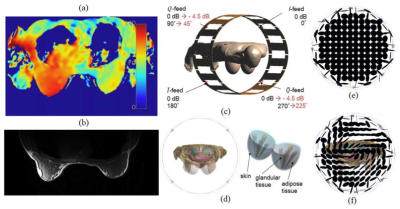Weekend Educational Session
RF Coils & Demo
| Sunday Parallel 4 Live Q&A | Sunday, 9 August 2020, 15:00 - 15:30 UTC | Moderators: David Brunner & Manisha Aggarwal |
Session Number: WE-24
Overview
In this one-day course, the principles of RF coils used to detect and excite MR signals will be discussed, beginning with the transmission lines that interconnect the coils to the MR system, extending to single-surface and volume coils, and finally to RF coil arrays for both transmit and receive. A discussion of the RF modeling tools used to analyze these coils and coil arrays and their interaction with the patient and the environment will lead into the interaction of RF fields with other objects in the MR environment. The course will conclude with a live demonstration of array coil construction. Attendees will receive relevant session and talk recommendations from the speakers.
Target Audience
This course is designed for MR technicians, scientists, and engineers with an interest in understanding the principles behind the construction, design, and use of RF coils and RF coil arrays.
Educational Objectives
As a result of attending this course, participants should be able to:
- Describe the basic theory, design, and construction of single and multi-tuned RF coils and their feed networks;
- Illustrate the principles of operation and basic applications of receive and transmit RF coil arrays; and
- Compare and contrast the major methods of RF modeling commonly in use and the relative advantages and disadvantages of each.
| Dielectric Materials & Resonators
Andrew Webb
|
||
 |
RF Modelling
Simone Angela Winkler
In recent years, there is increasing interest to move MRI toward higher static field strengths. The motivation for higher field strengths lies in the promise of higher signal-to-noise ratio (SNR), however, higher field (e.g., 7 Tesla [T]) human MRI remains challenging due to several difficulties including the inhomogeneity of the transmitted radio frequency (RF) field, which leads to two phenomena.
This talk will focus on RF modeling methods to predict B1+ and SAR distributions in the human body. |
|
| RF Systems for Implants & Interventions
Yigitcan Eryaman
|
||
| RF Coil Lab on the Cheap & Construction Demo
Shaoying Huang
|

 Back to Program-at-a-Glance
Back to Program-at-a-Glance Watch the Video
Watch the Video Back to Top
Back to Top